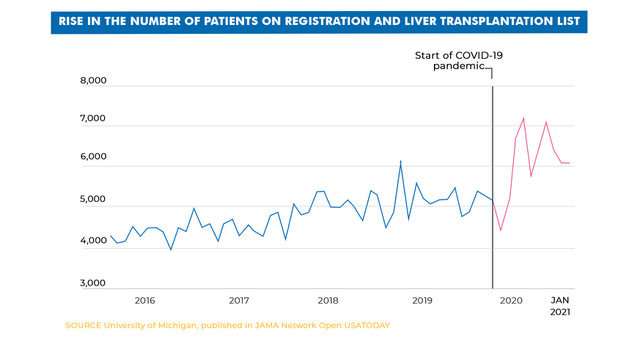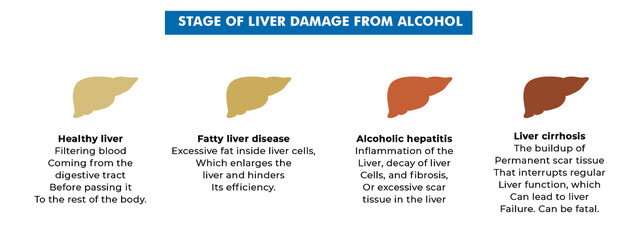The coronavirus pandemic hit the United States (U.S.) hard. As Movendi International previously reported alcohol use increased during the COVID-19 pandemic, as per a study conducted by RTI International for the National Institute on Alcohol Abuse and Alcoholism (NIAAA).
The survey found that, in the U.S., compared with February 2020:
- Alcohol use increased by 27% by April 2020 and by November 2020 increased by 39%.
- Binge alcohol use increased by 26% by April 2020 and rose by 30% by November 2020.
- The largest increases in alcohol use and the most at risk were,
- Women with children under age five in the household (323%),
- Black and Hispanic women (173% and 148% increases, respectively),
- Black men (173%), and
- Men who selected something other than White, Black or Hispanic for their race/ethnicity (209%).
Using alcohol to cope with pandemic stressors including job threats, pay cuts, changing to work from home, increased child and elder care responsibilities, is one main reason for the rise in alcohol use in the United States. The alcohol industry has been exploiting this time of vulnerability for people to heavily market alcohol as a coping mechanism during the pandemic and drive higher consumption.
The increase in alcohol use, specifically heavy alcohol use and binge alcohol use, weakens people’s immunity, making them more vulnerable to COVID-19 and its complications. For instance, a study by the National Institute on Drug Abuse found that people who engage in binge alcohol use had a higher rate of breakthrough infections of COVID-19 compared to people with no alcohol use disorders.
The following illustrations depict the trends in alcohol use and related problems in the U.S. during the pandemic.
Steady rise in alcohol sales during the pandemic
More patients added to the liver transplant list
A University of Michigan study published in JAMA Network Open found a positive correlation between an increase in the number of people on a waiting list for a liver transplant and the rise in retail sales of alcohol during the COVID-19 pandemic in the United States.
Signs of liver damage
Heavy alcohol use leads to liver damage. According to the Mayo Clinic, signs of liver damage include a swollen abdomen, swollen legs, chronic fatigue and jaundice, the yellowing of the skin or eyes. Liver damage can be reduced if the affected person stops using alcohol.
Older adults between 41 to 56 years or Gen Xers use alcohol heavily
A study published in JAMA Network Open found that people in the U.S. increased alcohol use by 14% overall and women increased alcohol use by 17%, compared to 2019.
On average, alcohol was consumed 1 day more per month by 3 of 4 adults. Women also saw a large increase in heavy alcohol use from 2019 to 2020.
A Harris Poll survey found that about 17% of respondents reported “heavy alcohol use” in the past 30 days. “Heavy alcohol use” was defined as having two heavy consumption days in a single week at least twice in the previous 30 days. A “heavy alcohol consumption day” was defined as four or more alcoholic drinks for women and five or more alcoholic drinks for men.
According to the survey, many respondents who used alcohol heavily reported experiencing mental, physical and psychosocial damage over the past 12 months.
- Three in 10 said they continued to consume alcohol despite it making them feel depressed or anxious or adding to another health problem.
- About 1 in 4 reported they continued to consume alcohol after experiencing a memory blackout.
- More than 1 in 5 experienced withdrawal symptoms when the effects of alcohol were wearing off.
- 23% gave up or cut back on activities that were important or interesting to them so they could use alcohol.
According to USA Today, 18% of people in the U.S. use alcohol heavily. However, there is significant variation across states. New Hampshire ranks the highest in alcohol consumption per capita (in gallons), while Utah has the lowest consumption with 1.35 gallons per capita, per year. The rate of heavy alcohol use ranges from just over 1 in 10 adults engaging in heavy alcohol use on a regular basis, to 1 in 4 adults consuming alcohol heavily on a regular basis.
The products and practices of the alcohol industry, such as marketing alcohol as coping tool duirng the pandemic, are causing severe harm. The CDC reports that over 95,000 people in the U.S. die due to alcohol each year. And those who die due to the products and practices of Big Alcohol pass away 30 years prematurely on average.
Source: USA TODAY Network reporting and research; Centers for Disease Control and Prevention; Harris and Gallup surveys; National Institutes of Health; National Institute on Alcohol Abuse and Alcoholism



